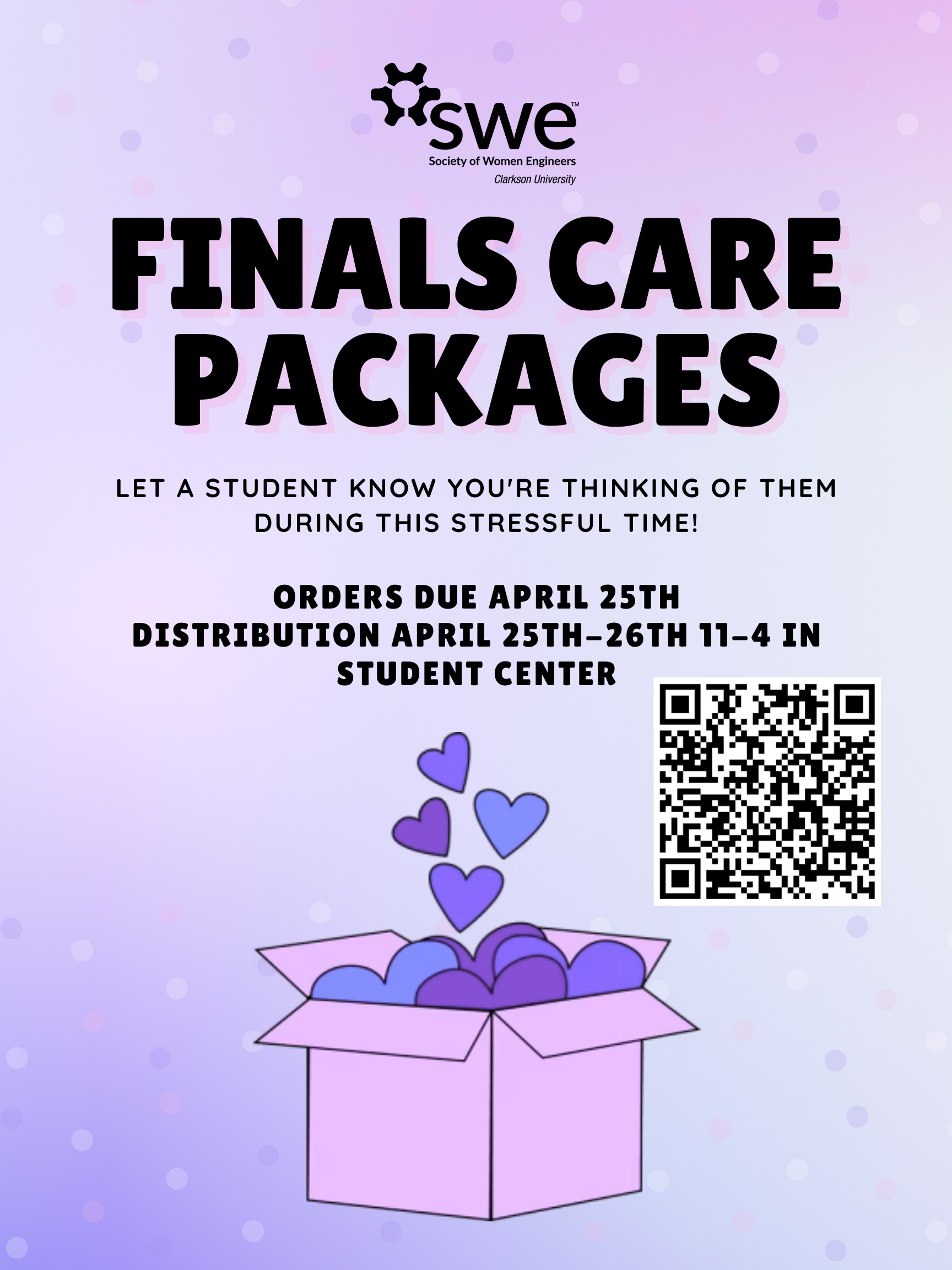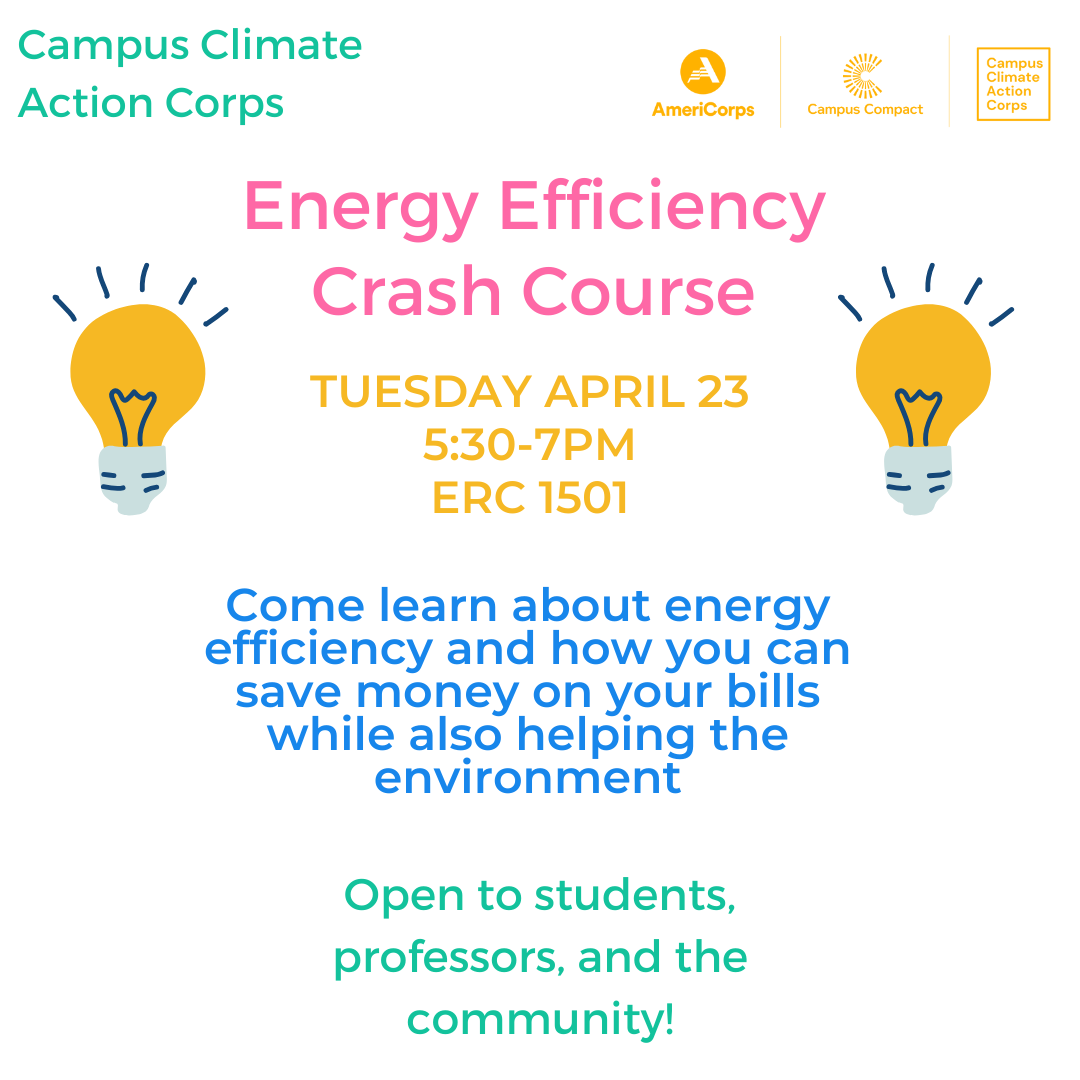All,
See below for the Internal Call for Expressions of Interest procedure. If you would, please forward this email to your faculty.
! PLEASE NOTE: A revised version of the NSF Proposal & Award Policies & Procedures Guide (PAPPG) (NSF 22-1), is effective for proposals submitted, or due, on or after October 4, 2021.
URL: https://www.nsf.gov/pubs/2018/nsf18513/nsf18513.htm
Full Proposal Submission Deadline: January 19, 2022 (due by 5 p.m. submitter’s local time)
Scope: “The goal of the Major Research Instrumentation (MRI) Program is to increase access to shared-use/multi-user instrumentation for scientific and engineering research and research training. MRI is intended to be a capacity-building program that builds research capabilities across diverse institution types (institutions of higher education and not-for-profit scientific/engineering research organizations). MRI advances the National interest by providing U.S. organizations with instrumentation that opens new opportunities to advance the frontiers in science and engineering research and research training.”
An MRI proposal may request support for the acquisition or development of a research instrument or components that when combined serve as an integrated research instrument. An MRI-supported instrument is intended to serve multiple users both in research and in the training of the next generation of instrument users and/or developers. MRI provides support to acquire critical research instrumentation without which advances in fundamental science and engineering research may not otherwise occur. MRI also provides support to develop next-generation research instruments that open new opportunities to advance the frontiers in science and engineering research.
The MRI Program is intended to assist with the acquisition or development of a single research instrument that is, in general, too costly and/or not appropriate for support through other NSF programs. An instrument acquired or developed with support from the MRI program is expected to be operational for regular research use by the end of the award period. The program does not fund research projects, including research that uses an instrument acquired or developed with support from the program. The program does not support the operation and maintenance of facilities or centers.
Proposals to the MRI Program, must be for either Acquisition or Development, and must be for only a single, well-integrated instrument. A well-integrated research instrument means that the ensemble of equipment that defines the instrument enables a specific research experiment or type of research experiment to be undertaken; separating or removing an element or component of such an integrated instrument would preclude any experiments from occurring or succeeding. The MRI program does not support the acquisition or development of a suite of instruments to outfit research laboratories/facilities or to conduct independent experiments simultaneously.
Each institution is limited to a maximum of three proposals in “Tracks” as defined below, with no more than two submissions in Track 1 and no more than one submission in Track 2.
· Track 1: Track 1 MRI proposals are those that request funds from NSF greater than or equal to $100,000 and less than $1,000,000.
· Track 2: Track 2 MRI proposals are those that request funds from NSF greater than or equal to $1,000,000 up to and including $4,000,000.
Internal Expressions of Interest Procedures
· Expressions of Interest may be up to 3 pages in length and should adhere to NSF formatting requirements
· Submit only to srobinso@clarkson.edu by November 9, 2021.
· Selection Notifications: mid-November 2021
· Expressions of interest that do not follow instructions may be excluded from further consideration.
· Teams that submitted to prior year’s full completion, but not funded, request to include the NSF reviews from their previous competition.
Content:
1. Participants – in a table
| Role | Name (last, first) | Dept, Institution(if other than SU) | Currently externally funded? (Yes/No) | Participation confirmed or to be invited |
| PI | ||||
| Co-PIs (up to 4) | ||||
| Major Users |
2. Program type:
· Describe the item to be acquired, why it is needed and how it will enable/grow Clarkson’s research and research training capabilities, and the consequences of not acquiring the item to Clarkson faculty.
· Identify either Track 1 or Track 2 consideration
· The likely need for renovation or alteration of space to accommodate the item or the chemicals used during its operation.
§ An email (not included in 3 pg limit) is required from your Dean and/or department chair documenting that you discussed this matter and the likelihood that space changes would be necessary.
§ You may need the instrument’s technical specifications in advance of the conversation.
Development:
· Describe the item to be developed, why it is needed and how it will enable/grow Clarkson’s research and research training capabilities, and the consequences of not developing the item.
· Describe the technical expertise available to develop the item
· Identify either Track 1 or Track 2 consideration
· The likely need for renovation or alteration of space to accommodate the item or the chemicals used during its operation.
§ An email is required from your Dean and/or department chair documenting that you have had this discussion.
3. Cost
- Estimated total proposal project cost (See allowable costs and please consult Sponsored Research Services (SRS) for guidance).
- Total project budget including (1) the cost of the instrument (or its component parts and labor), (2) the installation costs essential to make the equipment functional, (3) other allowable costs, and (4) required cost-share and its sources.
- Cost-share must be verified and documented prior to full submission to NSF.
- Cost sharing of 30% of the total project costs is REQUIRED. (NOTE: this is not 30% of the NSF request, but rather 30% of the total project cost.)
- As part of the budget, specifically, describe how this cost-sharing requirements will be met.
Selection process – the Provost in consultation with Deans, Center/Institute Directors, and the AVPR will select applicants according to the NSF merit review criteria and consideration of university priorities/needs.
· Others’ expertise may be sought to assess the merit of the request, impact on Clarkson, or cost of installation.
· The Deans, Center/Institute Directors, and Provost will discuss the 30% cost-sharing requirement during the selection review.


